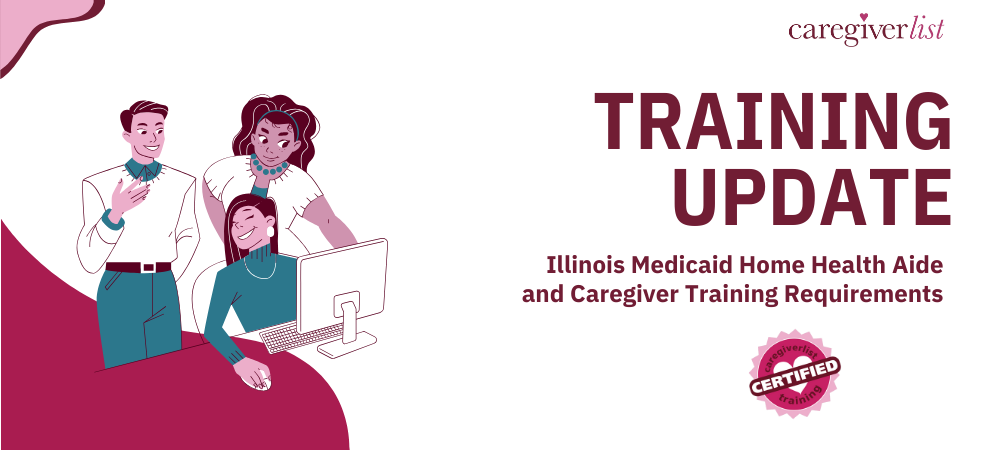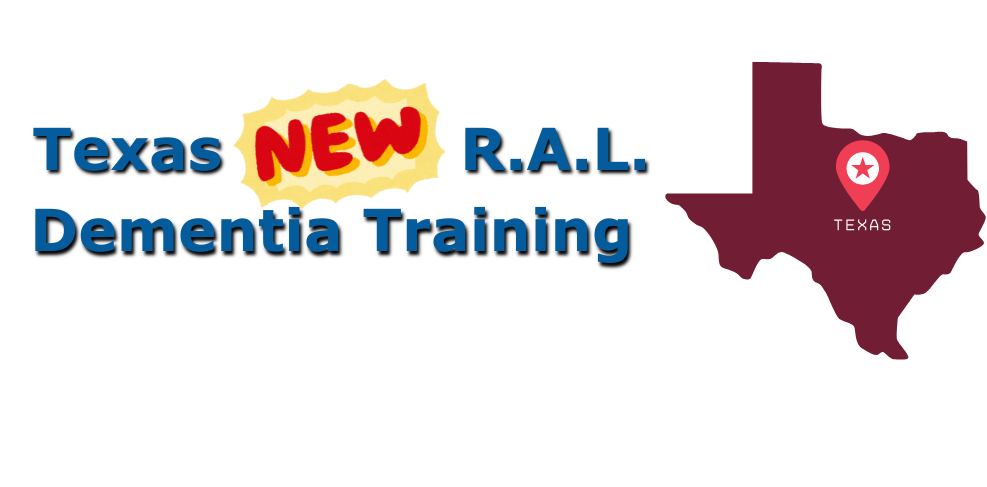Falls—they’re not just for seniors. However, whereas my recent tumble after meeting with a Chicago pothole resulted in some scrapes, bruises, and a banged-up ankle, injuries from falls for the elderly can be much more dire.
Have a nice trip, see you next fall!
September 23 marks the first day of fall in 2014, and it’s also the 6th annual National Falls Prevention Awareness Day, sponsored by the National Council on Aging (NCOA). This year’s theme is Strong Today, Falls Free Tomorrow, and seeks to unite professionals, caregivers, and older adults in raising awareness and preventing falls proactively.
We at Caregiverlist have written a lot about falls and fall prevention over the years, and there’s good reason for that. Among older adults (those 65 or older), falls are the leading cause of injury death—over 21,700 older Americans die annually from injuries related to unintentional falls. By 2020, the annual cost of fall injuries (direct and indirect) is expected to reach $67.7 billion, according to the CDC. Those senior who survive falls can face long post-hospital nursing home rehabilitation.
The American Occupational Therapy Association (AOTA) and other professional associations, along with several federal agencies are part of the Falls Free© Initiative. Specifically, AOTA is promoting the role of occupational therapy in fall prevention.
What is Occupational Therapy (OT)?
Occupational therapist practitioners work with older adults in their homes or in facilities to do the day-to-day activities they want to do, safely. They perform an individualized evaluation, determine a person’s goals, help improve the person’s ability to perform daily activities, and evaluate if those goal have been met.
How does OT help in fall prevention?
The occupational therapist will remove environmental hazards in the home. They can suggest furniture arrangement so that there is plenty of room to walk without obstacles. If you hold onto furniture for balance, they will advise whether it is heavy enough to do that safely or suggest alternatives.
The therapist will review your entire home and be sure you can safely and easily get to the items you use on a regular basis. They’ll help create a plan for accessing things that are used most frequently.
The OT will evaluate the lighting throughout your home, making sure that you can see in potentially unsafe areas.
Occupational therapists will work with caregivers as well, educating them on proper patient transferring techniques, and providing proper guarding techniques while a patient is moving or managing stairs to reduce the risk of patient falls without
injury to the caregiver.
This 2008 video from University of North Carolina at Chapel Hill’s Institute on Aging, offers advice on preventing falls and shows how an occupational therapist assesses potential hazards in the home.
Medicare often pays for occupational therapy if prescribed by a doctor. Speak to a medical professional to determine if an occupational therapist can increase your or your senior’s quality of life and perhaps reduce the risk of falls. I just wish they could fix potholes.







